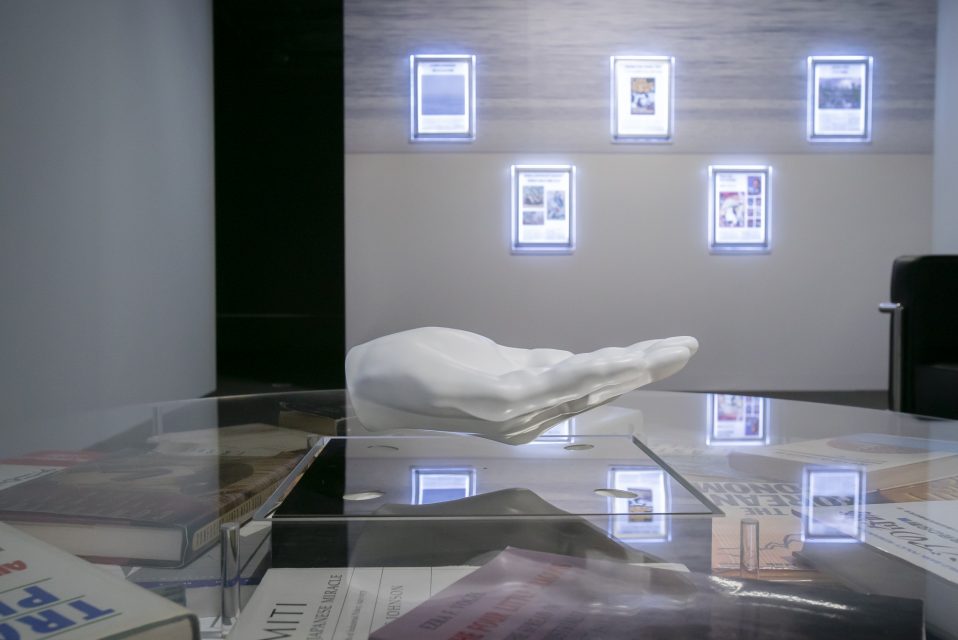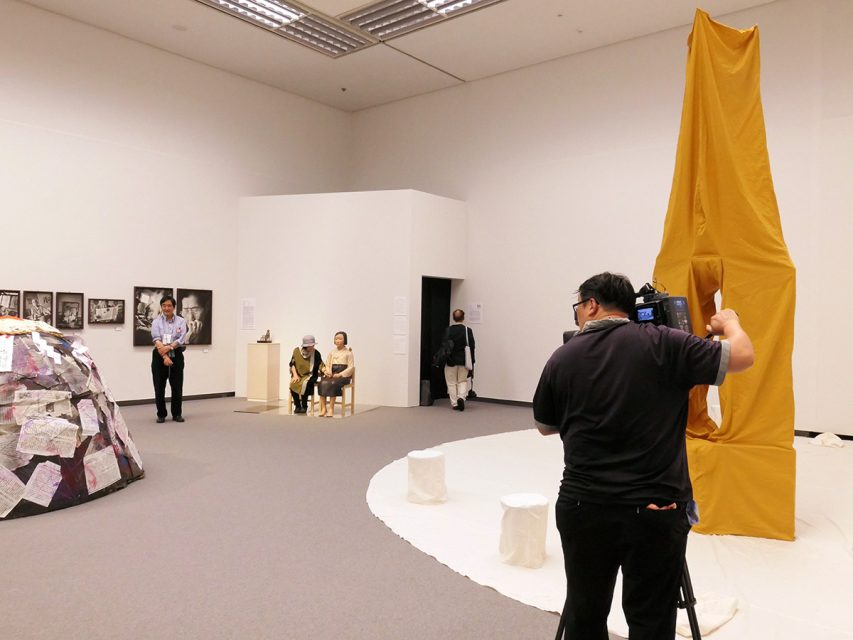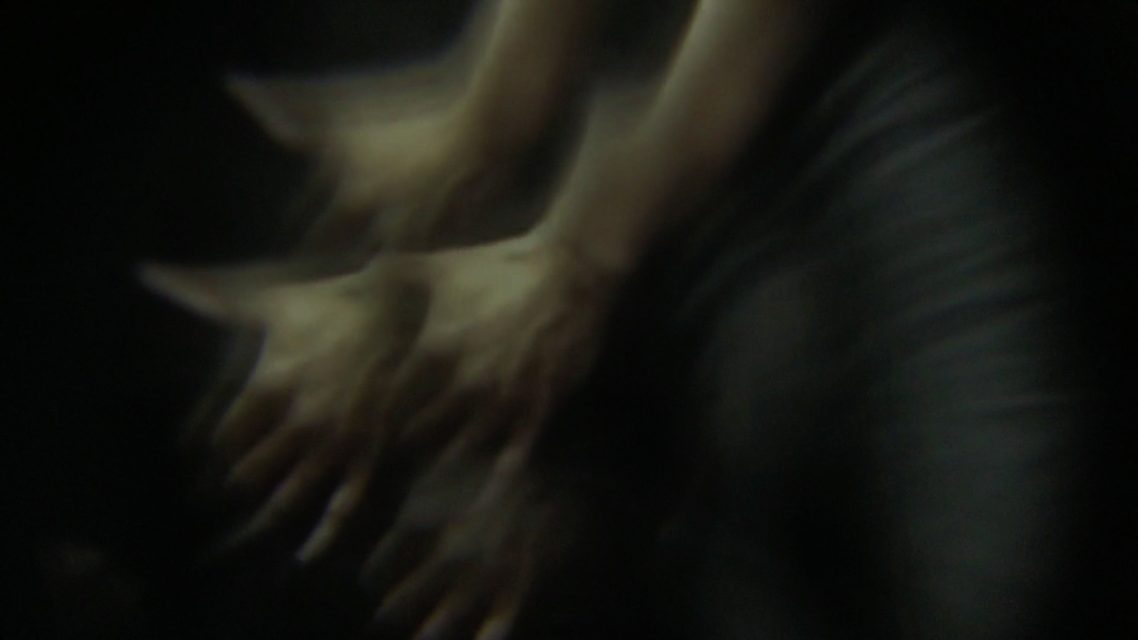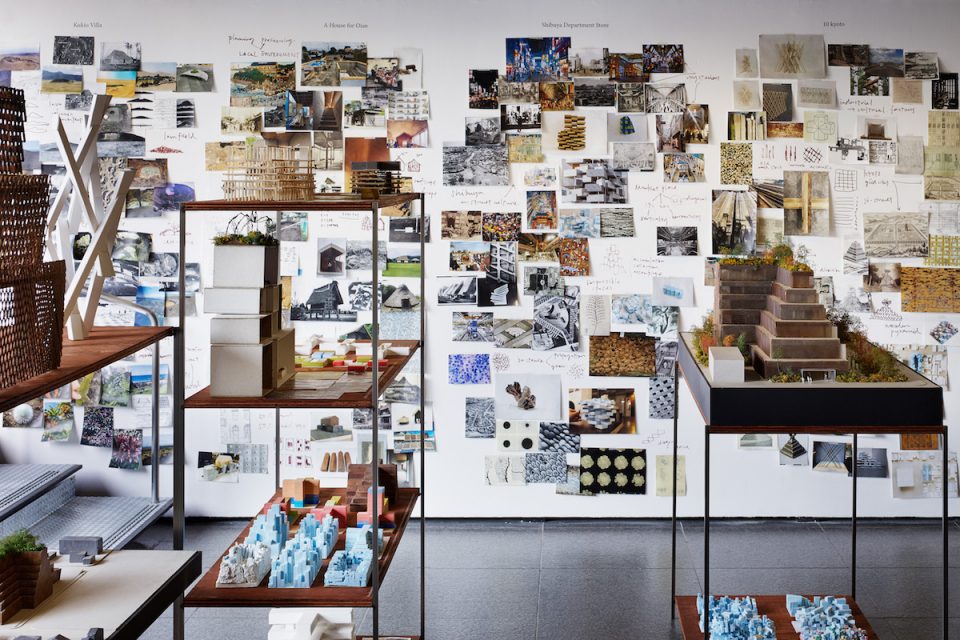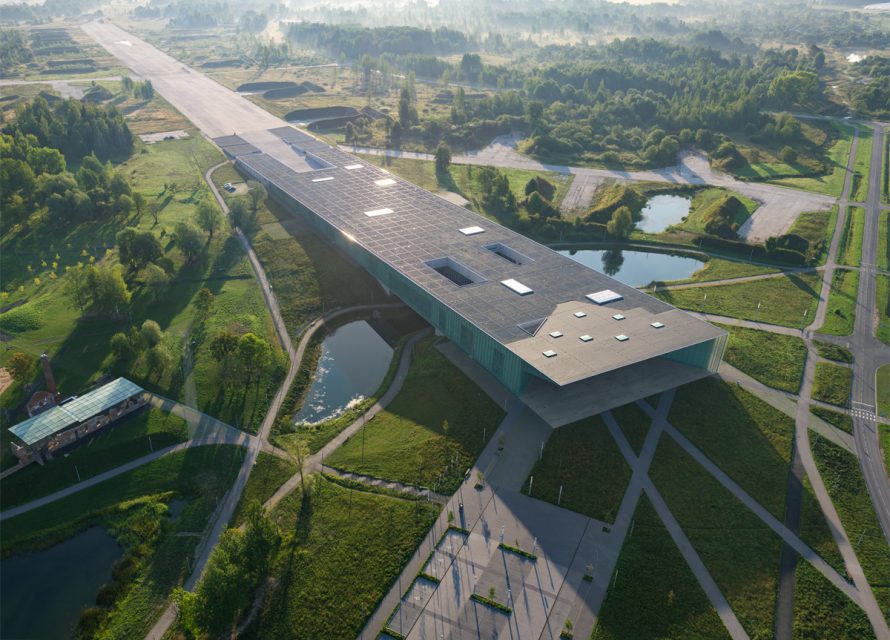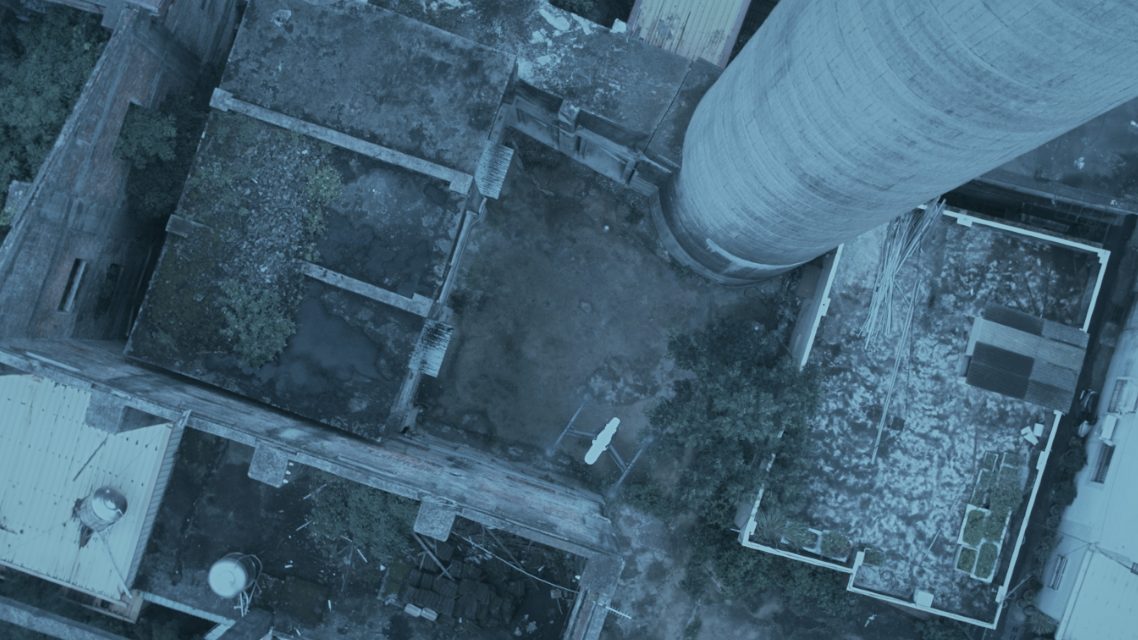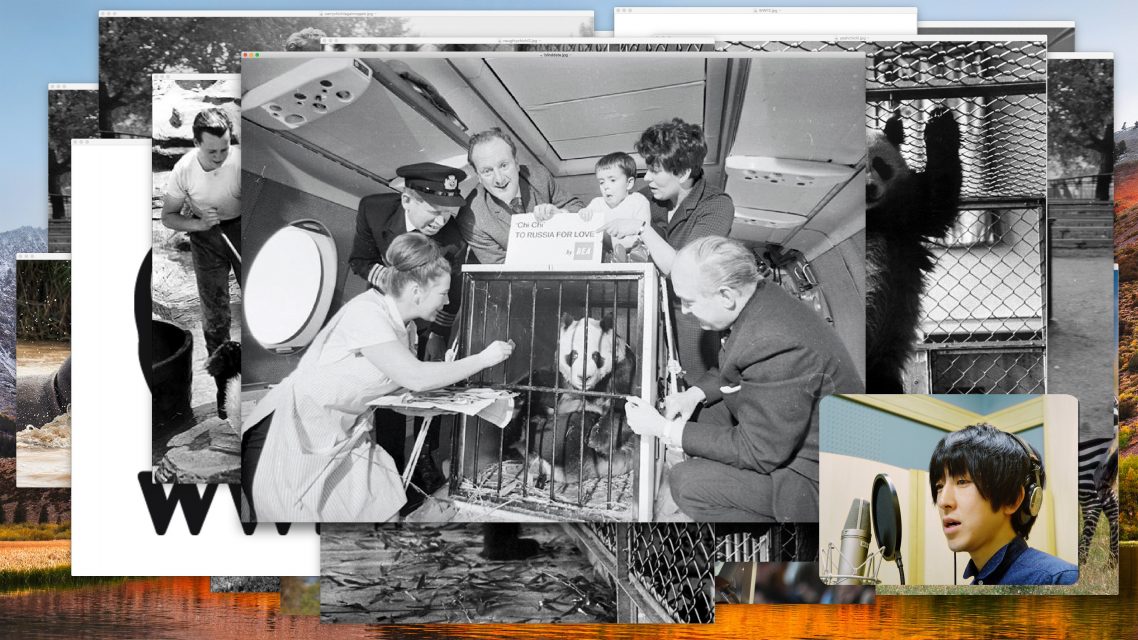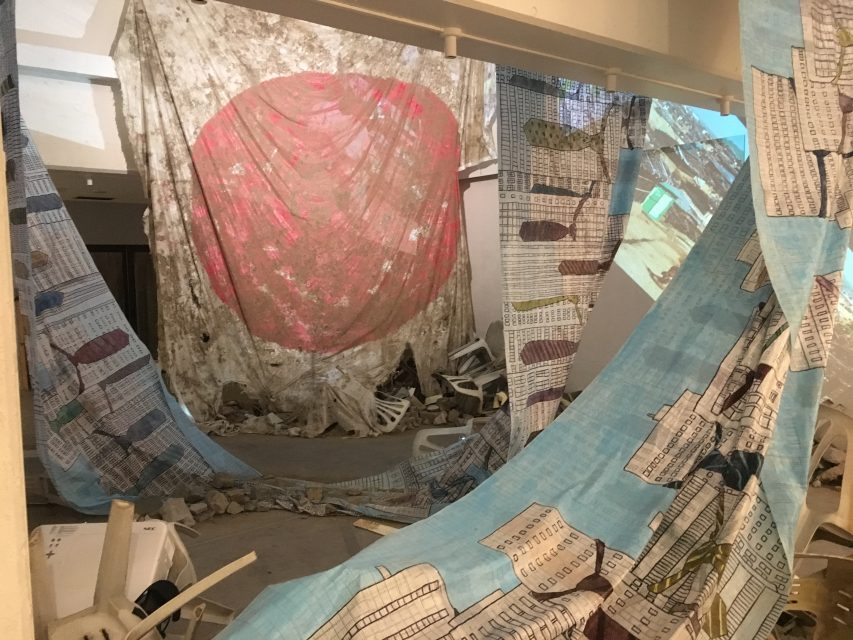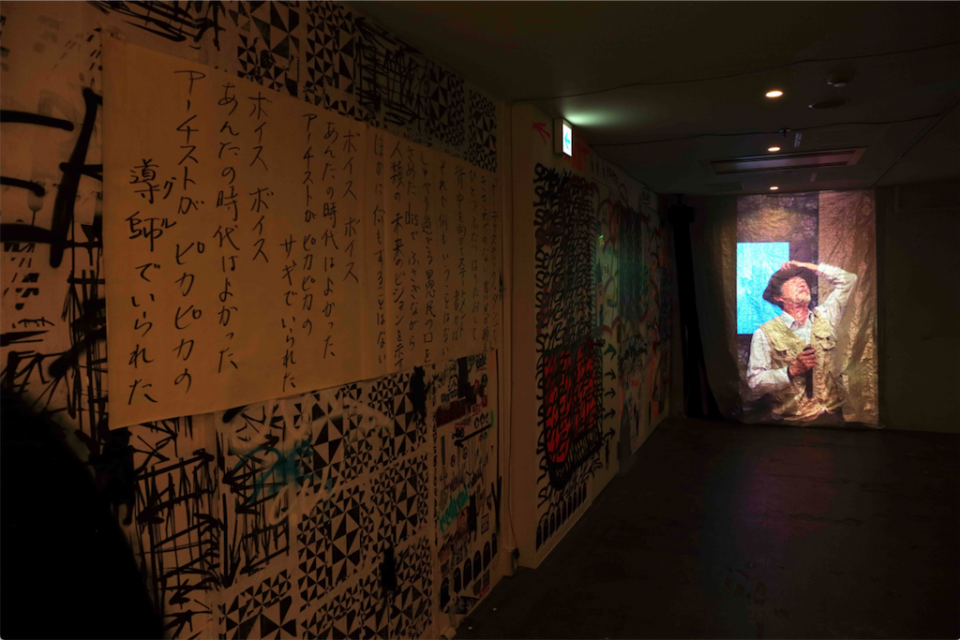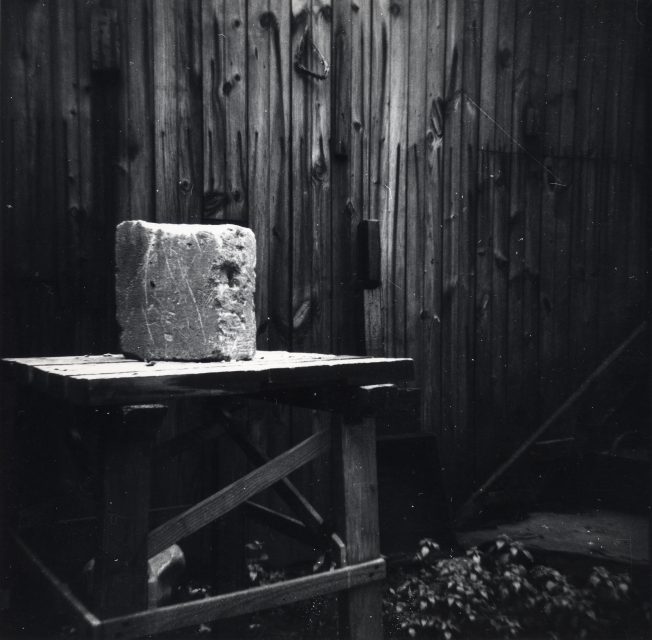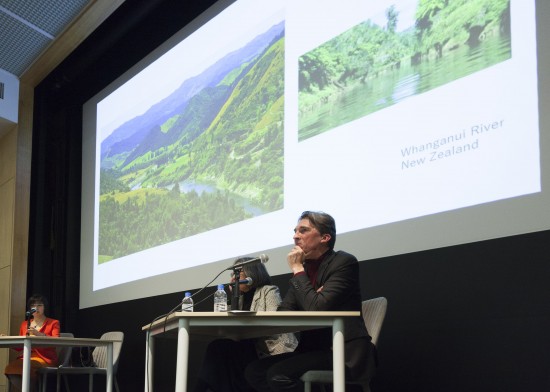IMAGE CRISIS — By Andrew Maerkle
“I think it would be too ambitious to say that the lectures in themselves offer an escape from capitalism, because that’s obviously not what’s happening. The starting point can be just a single question that I’m trying to answer. For Asia the Unmiraculous, this is the question of the relationship between race and capitalism.”
